During the course of 2024, there has been a notable slowdown in sales of fully electric vehicles in three of the world’s biggest and most influential new-car markets.
For four months in a row, EV sales have been in decline in North America, while growth, when adjusted for overall market trends, has ground to a halt (but not yet worked backwards) in Europe. Even China has seen a contraction in the market as the country’s economy stutters.
There are several causes for this global EV slow-down. A lot may be to do with the ending of what is generally thought of as the ‘early adopter’ phase, and a certain saturation point being reached, and with it a natural slow-down in demand as more affordable models fail to materialise. But, according to JD Power’s E-Vision intelligence data, an emerging trend in North America is also the prevalence of poor charging infrastructure giving more mainstream buyers pause for thought.
According to the study the leading reason for not considering an EV was now the lack of charging station availability, as opposed to purchase price, which used to be the leading deterrent. The study also showed that the time required to charge was rising as a concern, as was reliability.
Interestingly, and perhaps in a factor much less relevant to the Australian market, a major factor in America was “inadequate performance in extreme temperatures” after reports of EVs struggling to deal with harsh sub-zero weather conditions, reporting far less than expected driving range.
Meanwhile, analysts in Europe cite price as still being the driving factor behind the sales slow-down, saying, so far, manufacturers have failed to deliver on promises of lower-cost EVs which will help them achieve more mainstream acceptance.

But according to HSBC Global Research, while affordability is the prevailing issue, other reasons for the slow-down in sales include waning government support (largely via subsidy and emissions credits) and limited infrastructure are also to blame.
Europe’s fleet credit environment also propped up the early adopted phase with big corporate uptake, but because this hasn’t subsequently been followed-up with more affordable mainstream models yet, HSBC and other analysts have re-adjusted their forecasts for 2030 EV sales figures accordingly.
This is because Europe is looking to protect its domestic car industry by putting tariffs on lower-cost Chinese vehicles, which are a significant threat to the continent’s established automaker hierarchy.
While it seems to fly in the face of the EU’s plan to decarbonise the auto sector by 2030 by not allowing cheap imports, regulators are concerned that Chinese manufacturers, like SAIC Motor, BYD, and others are gaining an unfair advantage by being subsidised by the Chinese government.
China itself is not immune to the issues facing the global EV market. After years of generous subsidies designed to aggressively decarbonise its transport sector ended recently, a market-wide slow-down has seen the country’s plethora of EV start-ups forced to close, and the larger players forced to cut prices to compete for a share of shrinking growth.
 copy.jpg)
The result has been razor-thin profit margins for domestic manufacturers, the pricing-out of international automakers, and major price-volatility for the used value of electric vehicles, giving potential buyers cause to be cautious.
However, none of these electric vehicle headwinds have yet to affect the Australian market. Our share of EV sales is still continuously growing, although as a total proportion of the market it is still significantly behind Europe. In February, plug-in vehicles had one of their biggest months ever in Australia, making up over 10 per cent of the market, with overall sales thus far in 2024 making up roughly eight per cent, inching up from 2023’s total of 7.2 per cent.
Unlike Europe and the US, Australian buyers looking for more affordable EVs are being served by a torrent of lower-cost Chinese EVs, like the MG4, BYD Dolphin, and GWM Ora, which are majorly putting pressure on the previously dominant Tesla, and the troubles facing these automakers in their home market may even be to the Australian market’s benefit, as exports become ever more important to the likes of SAIC, GWM, and BYD.
In more good news for the Australian market and EV buyers, and in a very positive trend, the amount of EV charging locations available in Australia nearly doubled in 2023, and is set to double again over the course of 2024. This would see the total number of locations boosted to roughly 1600 by the end of 2024, according to data from Next System, as published by The Guardian. Charging congestion does continue to be an issue at some locations, however, as the fledgling network plays catch-up with the Australian market’s 90,000+ EVs now on the road.
.jpg)
While EV hopefuls in Australia are being treated to affordable Chinese models (which put price pressure on Korean, Japanese, American, and European EVs) and a charging network seemingly headed in the right direction, there are still potential storms on the horizon.
NSW, Victoria, and South Australia for example, have axed their relatively successful new electric car rebate programs after a fairly short time stimulating EV sales growth, which could see a declining level of growth for new EV registrations, as many thus far in 2024 will still be for deliveries of cars purchased under the schemes. There is also uncertainty when it comes to residual values of EVs, as even more affordable models flood onto the market.
Time will tell whether prices will also begin to go back up, as manufacturers try to claw back profit margins, or continual improvements in battery tech will help bring manufacturing prices down instead.



.jpg)








.jpg)
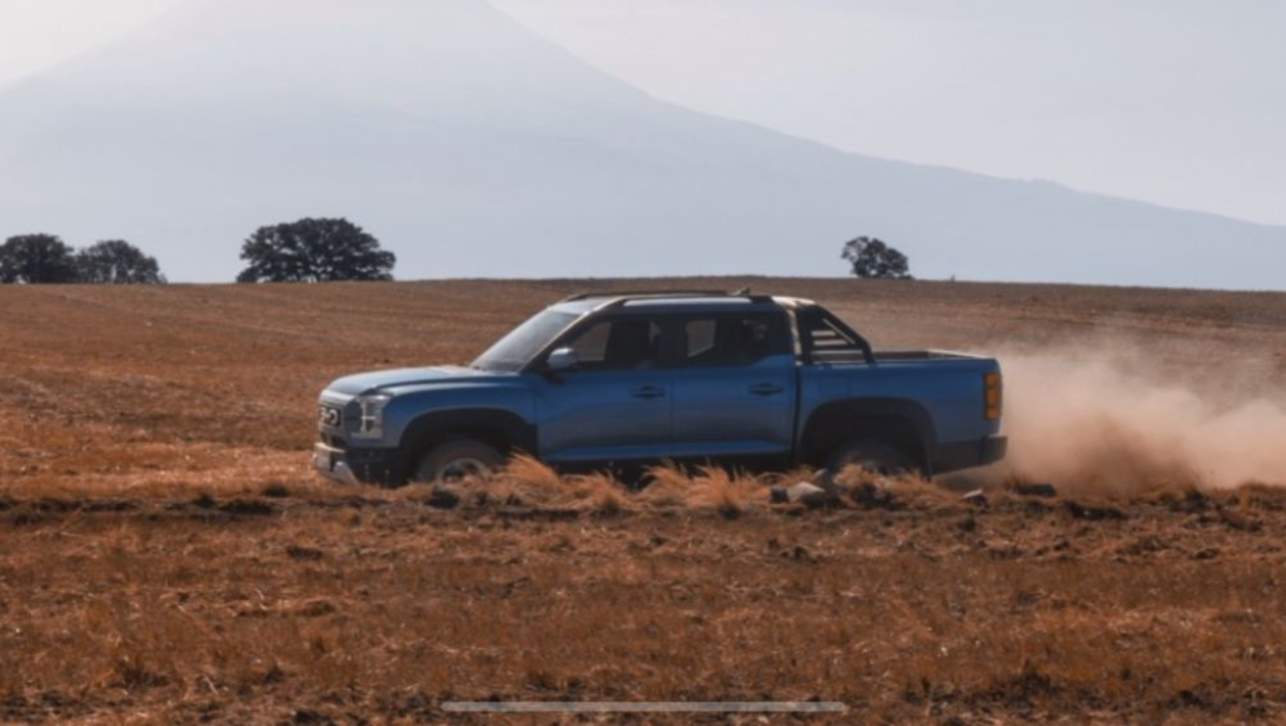
.jpg)
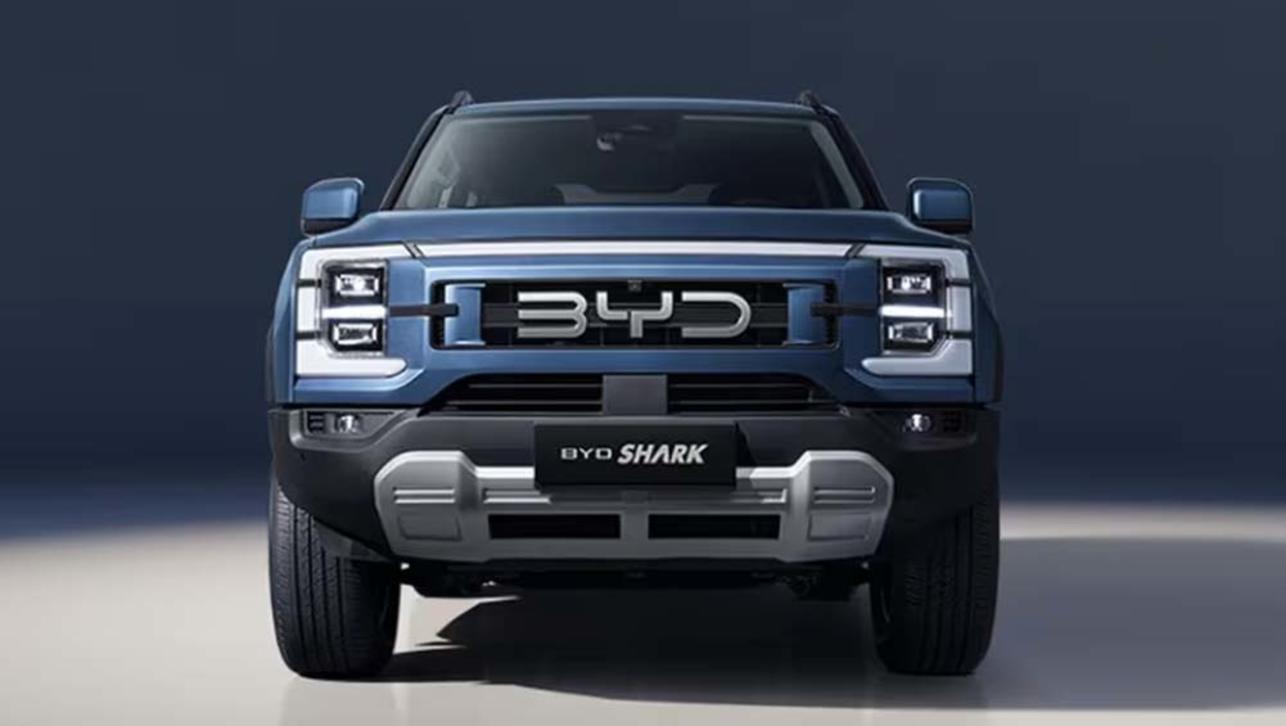
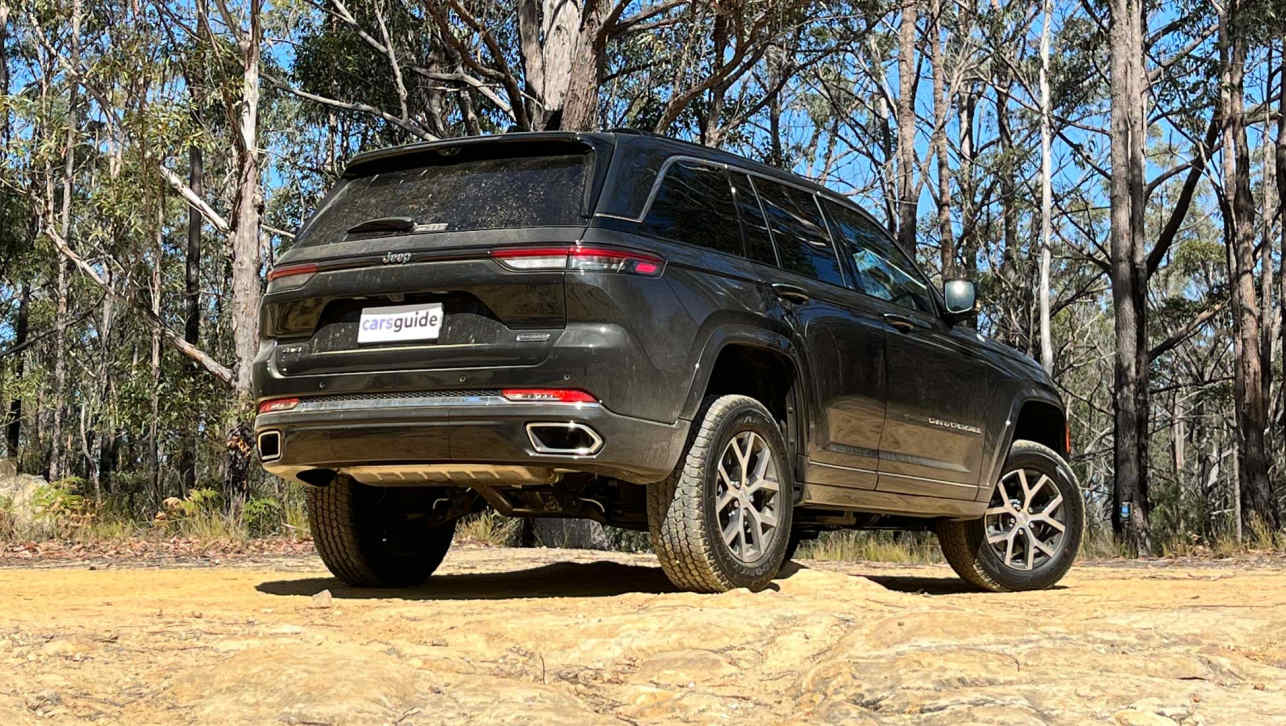
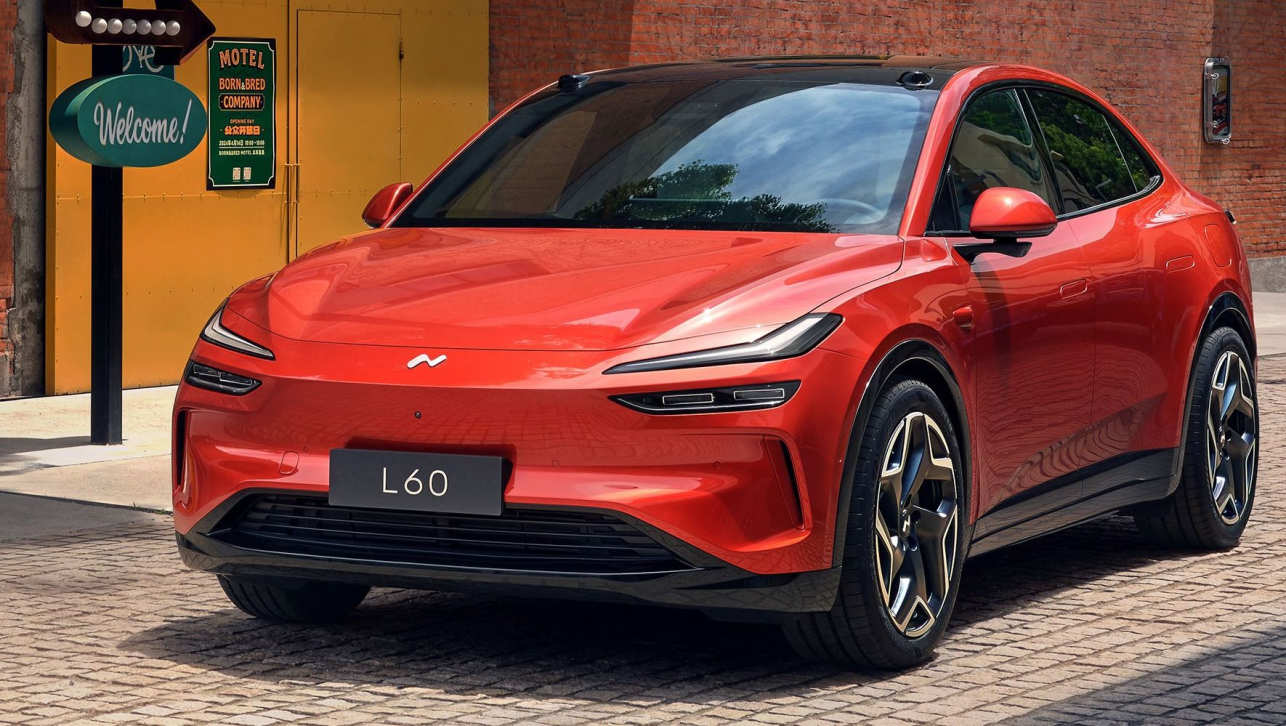

.jpg)
.jpg)
.jpg)
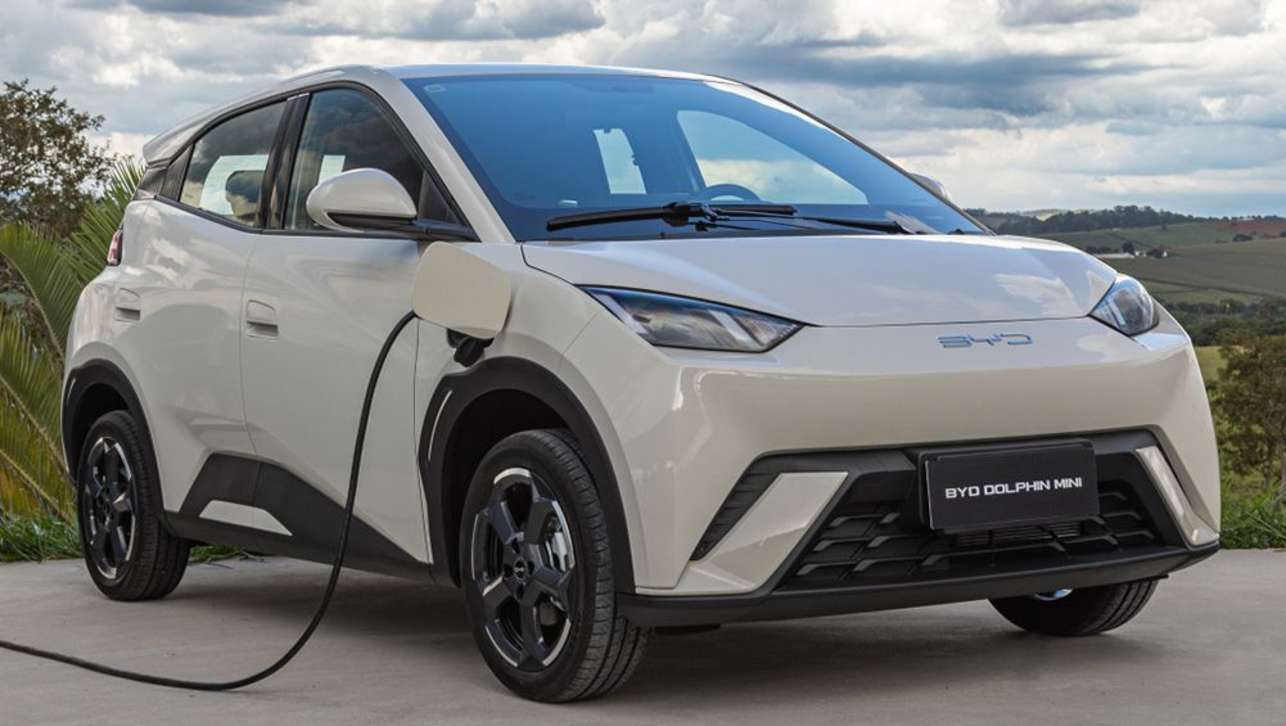
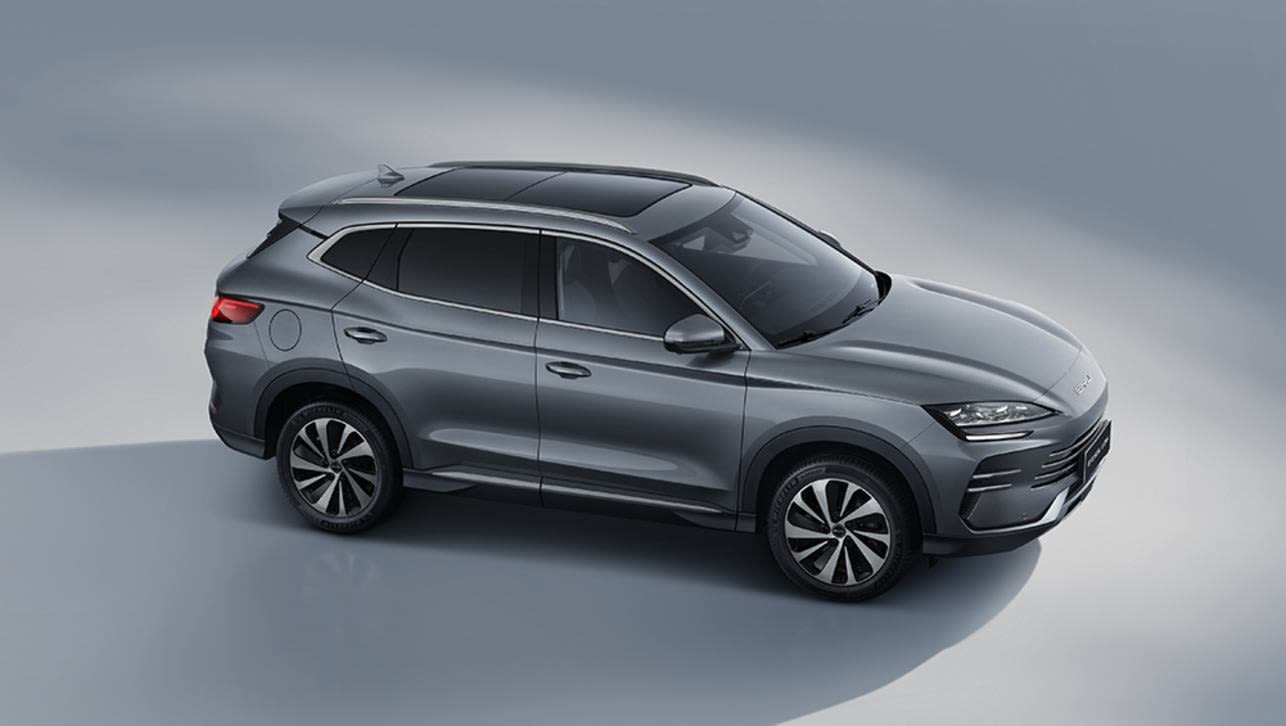
.jpg)



.jpg)
Comments